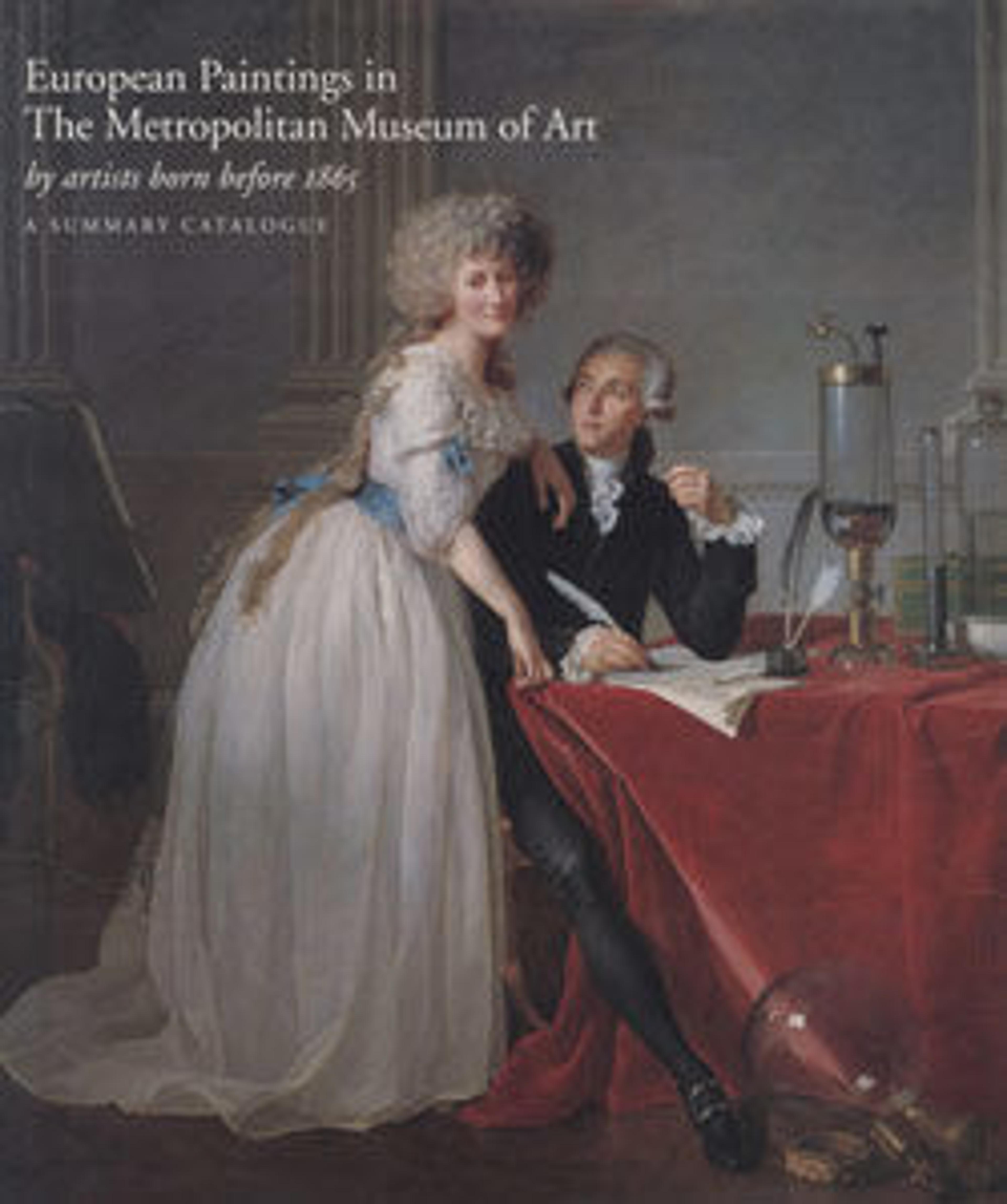Portrait of a Man
At some point in its history, this portrait of an unknown man acquired the signature and date that appear across the right background: "Goya 1780." The unflinching, not altogether flattering, approach to the sitter evokes the Spanish painter Francisco Goya (1746–1828), but this portrait’s handling is nothing like Goya's. Gaspare Traversi (ca. 1722–1770) has been proposed as its author, though this is not universally accepted.
Artwork Details
- Title:Portrait of a Man
- Artist:Italian Painter (18th century)
- Medium:Oil on canvas
- Dimensions:22 x 17 1/2 in. (55.9 x 44.5 cm)
- Classification:Paintings
- Credit Line:H. O. Havemeyer Collection, Bequest of Mrs. H. O. Havemeyer, 1929
- Object Number:29.100.179
- Curatorial Department: European Paintings
More Artwork
Research Resources
The Met provides unparalleled resources for research and welcomes an international community of students and scholars. The Met's Open Access API is where creators and researchers can connect to the The Met collection. Open Access data and public domain images are available for unrestricted commercial and noncommercial use without permission or fee.
To request images under copyright and other restrictions, please use this Image Request form.
Feedback
We continue to research and examine historical and cultural context for objects in The Met collection. If you have comments or questions about this object record, please contact us using the form below. The Museum looks forward to receiving your comments.
